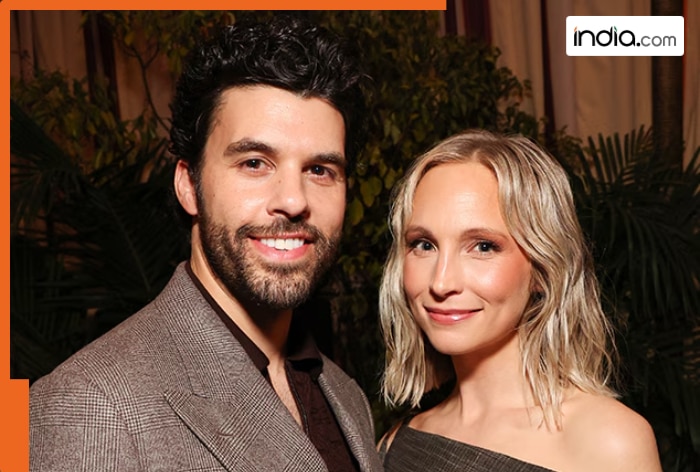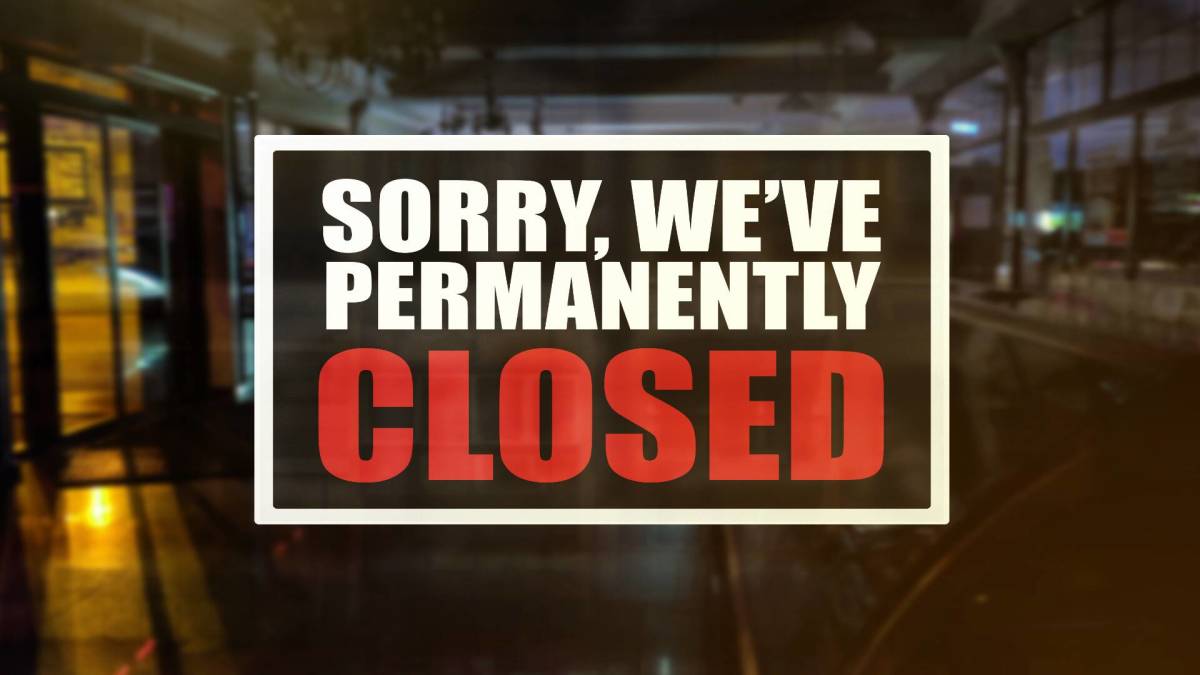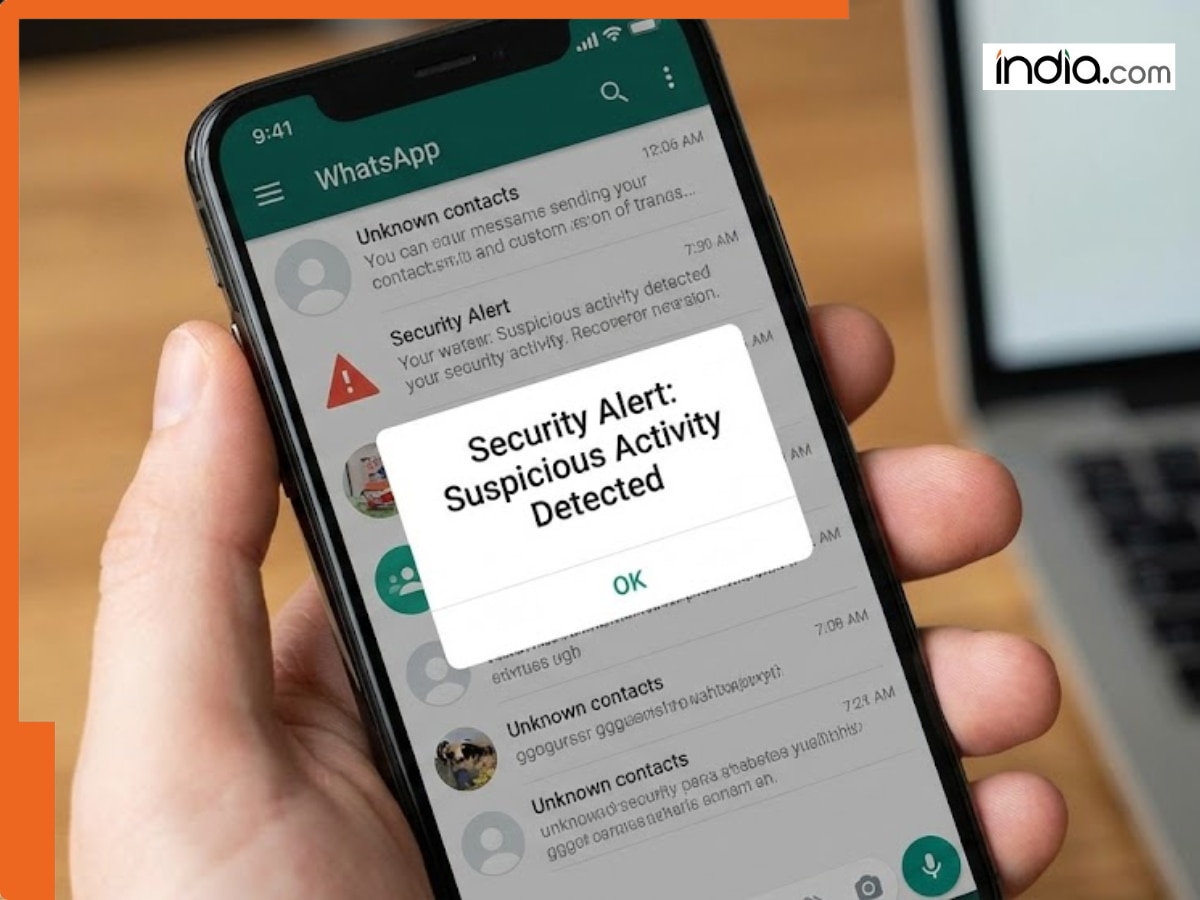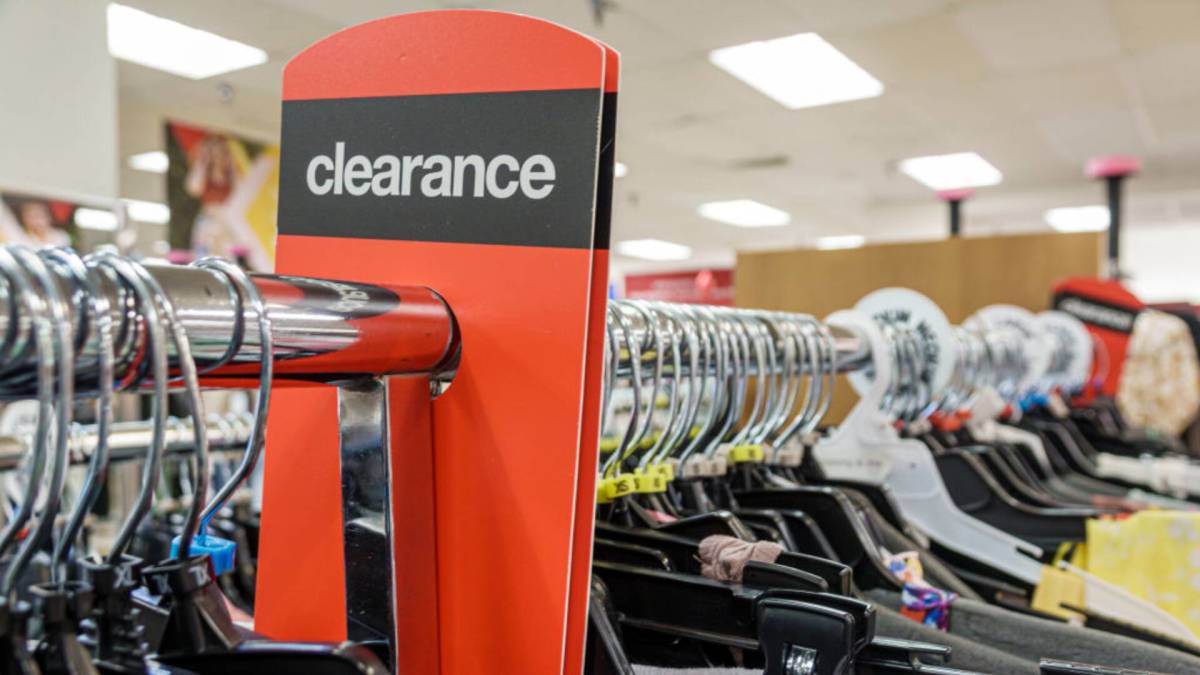Best Practices & Procedures for Roth Catch-Up Contributions
Broadcast Retirement Network's Jeffrey Snyder discusses how employers can prepare their retirement plans for new Roth Catch Up contribution rules in 2026 with Tim Rouse, The SPARK Institute, Michael Hadley, Davis & Harman, Robin Revzin, Manulife John Hancock and Rachel Kugelmass, SS&C ...

The SECURE 2.0 Act requires that participants whose prior-year FICA wages
exceed $145,000 must have their age-based catch-up contributions treated as Roth
Broadcast Retirement Network's Jeffrey Snyder discusses how employers can prepare their retirement plans for new Roth Catch Up contribution rules in 2026 with Tim Rouse, The SPARK Institute, Michael Hadley, Davis & Harman, Robin Revzin, Manulife John Hancock and Rachel Kugelmass, SS&C Technologies.
Jeffrey H. Snyder, Broadcast Retirement Network
This morning, best practices and procedures for Roth catch-up contributions. Joining me now is Tim Rouse of the Spark Institute, Michael Hadley of the Law Firm Davis & Harbin, Robin Revzin of Manulife, John Hancock, and Rachel Kugelmatz of SS&C Technologies. Ladies, gentlemen, so great to see you.
Thanks for joining us on the program this morning.
Tim Rouse, The SPARK Institute
Well, thanks for having us, Jeff.
Jeffrey H. Snyder, Broadcast Retirement Network
And, you know, we've got a very full house, but Michael, I want to start with you. Catch-up contributions, they've been around since AGTRA in 2001. Break it down for us, what's changing here?
Michael Hadley, Davis & Harman
I mean, I think the main thing is that next year, in-plan sponsors, those that sponsor retirement plans, are going to have a new rule they're going to have to implement, namely that your higher wage employees who are eligible to make catch-up contributions, those contributions, extra contributions above age 50, they'll have to make those on a Roth, sometimes called after-tax basis. They're forced to do so, and that's kicking in in 2026. The most important thing I want you to get out of what I have to say is that for the vast majority of employers, that is not being delayed.
You must comply with that new mandate, sometimes called the Roth catch-up mandate, starting next year. And the IRS recently confirmed that that's the case.
Jeffrey H. Snyder, Broadcast Retirement Network
And just to follow up on that, Michael, I mean, it's effective January 1st, and plan sponsors are going to have to do something. They're going to have to work with their payroll providers, their record keepers, they're going to have to act.
Michael Hadley, Davis & Harman
That's exactly right, and you're right. You're going to need to work with your plan record keeper, and you're going to need to work with your payroll provider. And importantly, the payroll provider is really going to be the first line of defense, because you have to ensure that for those employees who are subject to this new rule, if they're making catch-up contributions, those catch-up contributions must be made on a Roth basis, tracked to the payroll level as after-tax.
Your record keeper is probably quite prepared for this. I hope your payroll provider is as well, but it's really important that you talk to them to make sure that they're going to be ready, because January 1, 2026, we're off and running.
Jeffrey H. Snyder, Broadcast Retirement Network
Yeah, up and running. Robin, great to meet you. Thanks so much for joining us this morning.
Let's start with a basic one for our audience. What exactly are catch-up contributions?
Robin Revzin, Manulife John Hancock
So catch-up contributions are amounts that, as Mike said, employees who are 50 or older can make to their retirement account, like a 401k plan. And that is on top of the regular annual IRS limit. And that allows those individuals to kind of catch up to where they want to be financially in their retirement years, especially if they haven't been able to contribute as much as they would have liked to earlier in their career.
Jeffrey H. Snyder, Broadcast Retirement Network
So it's an opportunity to catch up, but what's the Roth mandate about? What do we need to know here?
Robin Revzin, Manulife John Hancock
So for the Roth mandate, participants who are in employer retirement plans like 401k plans, who also have wages that exceed a certain threshold, that's $145,000, and that will be adjusted for inflation each year. And it's from the employer who sponsors the plan. They can only make their catch-up contributions as Roth.
So those that do not have FICA wages, and for this purpose, FICA wages are those from which Social Security taxes apply, and that's box, I'm just going to say box three on form W-2. So those who do not have FICA wages that exceed that limit, and also for partners and sole proprietors who don't receive, who did not receive W-2 income in the prior year, they too are not subject to this rule, and they can continue making pre-tax or Roth contributions. So, but for those that have exceeded that threshold, they can only make catch-up contributions on an after-tax Roth basis, meaning that they're taxed in the year that they come out, but not in the year that they're distributed.
And if certain qualifications are met, they also do not have to ever pay taxes on investment return on those Roth catch-up contributions. So it's really not such a bad deal in certain circumstances, depending on their tax circumstance, but I also do want to mention that if the plan does not have Roth, those individuals can't make any contributions, any catch-up contributions, I should say. It's a bit more nuanced, but that's the general rule.
Jeffrey H. Snyder, Broadcast Retirement Network
Right, but you make an important distinction, and Robin makes an important distinction, Rachel, and what I'm hearing based on the previous comments is that there are some changes that need to be made to account for this. How did the SPARK operational committee decide upon these best practices? Did you all get in a room?
First of all, tell us about the committee, but did you all get in a room and just kind of write on the whiteboard on coming up with what's going to work, what's not going to work?
Rachel Kugelmass, SS&C Technologies
So we did. So the SPARK has what we call the Senior Operations Council, and it is a group of record keepers, seasoned professionals from throughout the industry, and we do in situations like this, anytime there's a major regulatory change, we gather together, whether it's virtually or in this case, twice in person for two full-day meetings to hash it all out, because it is complex. There are, in this particular case, there are a lot of players, a lot of handoffs.
We invited payroll to join us in those conversations because, you know, as Mike mentioned, payroll is the entity with real-time information about what's happening for these participants. Payroll is the only sort of point at which you know exactly when someone has hit the limit and is ready to tip over into catch-up territory. So we did get together.
There were whiteboards. There were a lot of peer discussions, and we knew that as an industry, we needed to have a roadmap, and that roadmap was going to include the basics of how this would work, in particular, some of the complexities around the fact that there are different ways to make catch-up contributions, either on what's called the spillover method or a separate election method. We needed to sort of hash those pathways out, figure out what role payroll would play, and make sure that everybody was on the same page so that plan sponsors would have consistent expectations going into this.
I think the other thing that I just want to mention is, you know, compliance is required as of 1-1-2026, but for 2026, we're operating under a good-faith arrangement with the original law. And, you know, that's critical because while we were doing our build, we were really only operating for much of the time with proposed regulations. We have final regulations now, but it was late in the game, and so we will see real life how 2026 plays out, and I imagine that most record keepers will be making additional tweaks to be ready for full compliance with the final regulations in 2027.
Jeffrey H. Snyder, Broadcast Retirement Network
So based on these best practices, and, you know, I think our audience knows SPARK very well and its membership, it sounds like record keepers are ready to go, but based on your previous comment, there could be some tweaks along the way to programming, et cetera.
Rachel Kugelmass, SS&C Technologies
Absolutely. I mean, it's a fluid situation as we all incorporate the final regulations into our eventual, you know, 1-1-27 situation.
Jeffrey H. Snyder, Broadcast Retirement Network
Tim, it's always great to see you. Thanks so much for joining us this morning. Always enjoy hearing about what SPARK and its membership are doing.
Let's talk about these five critical questions. Why are they so important for plan sponsors to ask of their payroll providers?
Tim Rouse, The SPARK Institute
Well, Jeff, SPARK members are urging plan sponsors to ask the five critical questions because payroll providers really hold the key to real-time data that's essential for implementing the new Roth catch-up rules. These questions are focused on things like identifying high earners, delivering timely Roth catch-up data, switching contributions to Roth, resetting elections. They ensure plan sponsors and are meeting their responsibilities under the law and hold payroll providers accountable.
So by pressing payroll providers with these questions, plan sponsors will learn early if they face any issues with the data flow, hopefully avoiding any complicated compliance risk and protecting their participants and giving their advisors and consultants confidence in their fiduciary oversight. So that's why we are asking them to use the five questions if they get an answer of no from their payroll provider to any of those questions, they should immediately set up a meeting between the record keeper and the payroll provider just to make sure that there's no surprises in January.
Jeffrey H. Snyder, Broadcast Retirement Network
Yeah, I hear people dialing as they're watching the show right now, Tim. Robin, Tim mentioned it. What is this RothCup identification file?
What exactly is it?
Robin Revzin, Manulife John Hancock
So the RothCup identification file as Spark calls it is just the file that contains the information to identify whether or not the participant is subject to the Roth catch-up mandate. We expect that file to only have a handful of basic fields like the plan name, the year for which it applies, some participant identification information like the name, social security number, and then just a yes, no indicator. Yes, meaning that the participant's subject to it, no, meaning they're not.
Jeffrey H. Snyder, Broadcast Retirement Network
If I may, can I just follow up on that real quick with you, Robin? I mean, if I'm a payroll provider, are there special considerations I need to be thinking about? I mean, as Tim said, as Rachel said, the data is generally housed here, but do they need to know something special or consider something special when creating the file?
Robin Revzin, Manulife John Hancock
Oh, well, there's a lot for payroll providers to consider as Rachel, as everyone on the call is saying right now. For one thing, that file should be ready for plan sponsors to be able to retrieve by the first payroll of the year. Also, so we expect that the payroll provider to make that available to them by then.
We expect that then the plan sponsor in turn will provide that file to the record keeper and their third-party administrator if they have one. Also, the payroll provider needs to know this information. They need to know who are the participants that are subject to the rule because it affects how they process their contributions.
They need to know what to do with those pre-tax catch-up contributions that are no longer permitted to be made to the plan, those pre-tax catch-up contributions. They need to know whether to stop those participants or those pre-tax catch-up contributions once they hit the limit, like Rachel said, or do they automatically flip them to raw, right? And that automatic flipping is only allowed if the plan has what's called the deemed raw catch-up election.
So that means that the plan sponsor will need to let the payroll provider know whether or not they have that deemed election in their plan, whether they opted for it. So there is quite a bit of coordination involved here between the payroll provider, the plan sponsor, the record keeper, third-party administrator, if they have one, and also participants, right? Everyone needs to know the decisions that were made under the plan, who's doing what in order for this to work smoothly.
Jeffrey H. Snyder, Broadcast Retirement Network
Yeah, and you teed up the next question perfectly. I wanna ask it of Rachel. As Robin said, I mean, communication is so important here.
How do you go about communicating this change to participants? Is it a separate communication? Is it part of the summary plan description, part of the enrollment materials?
What's the best approach here?
Rachel Kugelmass, SS&C Technologies
I think the best answer to that is yes, get the information wherever you can, and all of the above if you're able. I think it's important for everybody in the plan to know this because somebody might be affected this year and not next year or vice versa. And you wanna be able to tell them sort of what the ground rules are.
I mean, we've all talked about the fact that this is a delicate balance, right? You've got a lot of parties involved. You've got a plan sponsor making an election about whether they're going to do a deemed election for participants.
But that's also dependent on the ability of their payroll provider to track that and implement it. So when you're trying to communicate to participants, you need to set up clear expectation about your plan's decisions and what they can expect as they go through the year. That's particularly important because in different plans, it could play out differently depending on whether payroll is tracking the IRS limit on a combined basis of pre-tax and Roth or simply on a pre-tax only basis.
So you need to sort of frame what they can expect as a participant in that particular plan. And so we'd certainly recommend getting that information out anywhere because as we all know, saying it once doesn't mean that somebody is going to see it.
Jeffrey H. Snyder, Broadcast Retirement Network
No, and certainly sending out an email or one piece of paper may mean that you have to actually read the email or the piece of paper. So repetition typically works. If I'm a participant though, do I need, I'm listening to this, I'm watching you all, I'm hearing about this.
Do I need to do anything in particular? I've already made my Roth catch up election. Do I need to go back in?
I mean, or would that be on a plan by plan basis on what action I would need to take?
Rachel Kugelmass, SS&C Technologies
Yeah, it's gonna depend on what the plan says and their expectations. If you know that you're impacted by this and you're in a plan that allows for a separate catch up election and you're making a Roth election already, you're in good shape, or if you're already contributing on a Roth basis, then you're not likely to see any impact. But if you're a participant who is trying to put as much as possible in on a pre-tax basis, then it's really gonna be to your benefit to understand what your plan is, is, you know, intends to do with the mandate because you may get some unexpected outcomes.
If, for example, you're contributing on both a pre-tax and Roth basis throughout the year, you may end up getting flipped sooner than you might have expected, depending on how it's being handled by your particular plan and payroll situation.
Jeffrey H. Snyder, Broadcast Retirement Network
Yeah, so if you're a participant in one of these plans and this impacts you, you're certainly gonna wanna pay attention. Michael, I hate to make you the heavy, but I'm gonna ask what happens if you're not in compliance?
Michael Hadley, Davis & Harman
That's not good, it's not good. So in 2026, remember, we do have to meet the rule. So you have to use a good faith interpretation of the statute and good faith doesn't mean I don't have to worry about it.
It means we've got to ensure that these higher income workers who make catch-up contributions do so on a Roth basis. The details though, there's some flexibility. In early 2027, if you've missed somebody, you let somebody who should not have made pre-tax contributions do so, you're gonna have to correct it and you should work with your record keeper to do that.
That's an early 2027 issue. In 2027, as these folks have said, you gotta have it perfect, meaning you've gotta be ready to comply with all the little details of the final regulation. And we are hoping that 2026 will be sort of a trial run where we'll see where things have gone wrong.
Now let's just say you totally screwed up, you don't pay attention, you don't correct. You've disqualified your plan. You've just now made your plan ineligible for tax treatment and then you gotta talk to an expensive lawyer like me to get that cleaned up and we don't want that.
In addition, you could cause some of your participants to have double taxation and a few other things that hopefully you'll never have to deal with. So it's really important that as soon as possible, you identify those employees that are gonna be subject to this, you communicate with them, as Rachel said, and you work closely with all the parties who help administer your plan to make sure they're all on the same page.
Jeffrey H. Snyder, Broadcast Retirement Network
Yeah, and Tim, there's a lot of things that go on during the plan year. This is another thing. I mean, I'm thinking about the 5500s, all the testing and things that go on.
It's important to know if you're a plan sponsor what you need to do. I'm imagining that SPARK members, this is not one and done. We're not just doing this one show or there's one set of communications.
It's an ongoing communication. And if you haven't heard from your record keeper or your advisor or your payroll provider, you wanna take advantage and make that call.
Tim Rouse, The SPARK Institute
SPARK members are committed to ongoing conversations with their clients and fellow service providers, including payroll providers, other record keepers, third party administrators. As Robin and Mike noted earlier, there is a good faith effort permitted in 2026. So we know that there will be issues as the entire system goes through this implementation and embeds these new rules.
And as we learn about rough spots during this implementation, SPARK members will be ready to actively engage with plan sponsors to address any issues that come up and work through them. We'll continue to work with our industry partners from payroll providers and TPAs to minimize problems and make sure participants and plan sponsors are taken care of. Our efforts will persist through the effective date to prevent compliance issues, participant confusion.
Participant confusion.
Jeffrey H. Snyder, Broadcast Retirement Network
Yeah, well, certainly no one can say that the retirement industry is boring or not active. You guys do a lot of work. There are a lot of people on this call and that work at SPARK that are doing a lot of work on behalf of plans and the participants.
Ladies, gentlemen, so great to see you. Thanks for joining us. And we look forward to having you back on the program again very soon.
That's all for this morning. We're back again tomorrow for another edition. Until then, I'm Jeff Snyder.
Stay safe, keep on saving, and don't forget, roll with the changes. ♪♪♪
What's Your Reaction?





















































